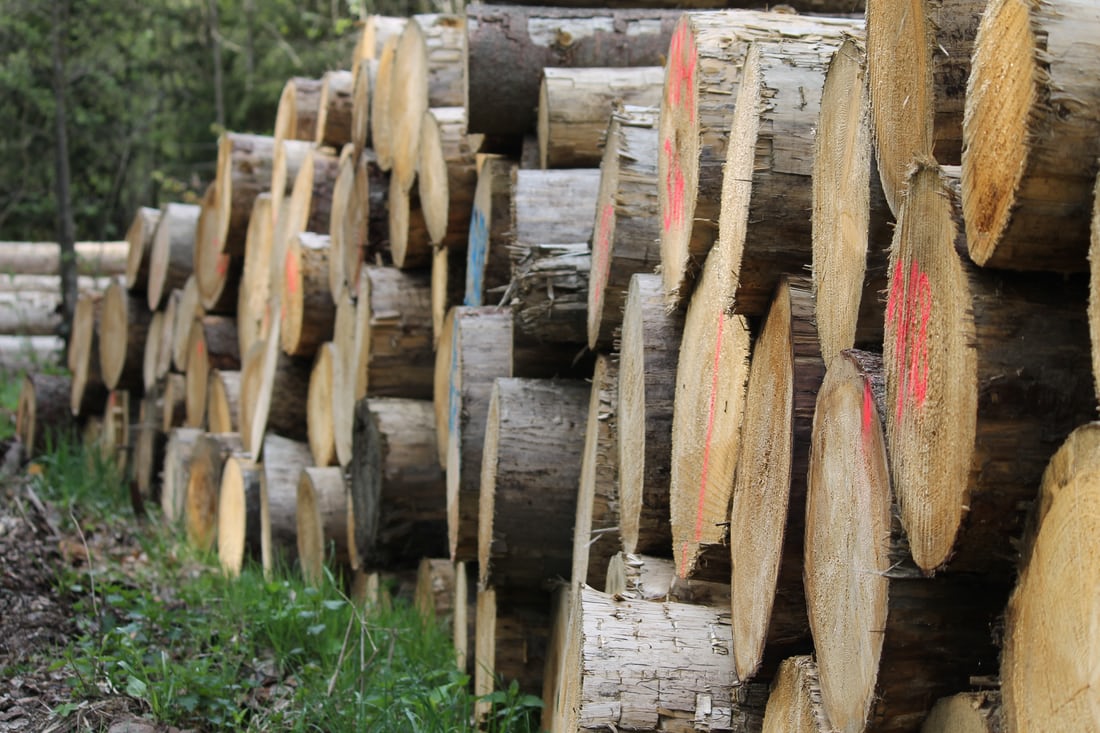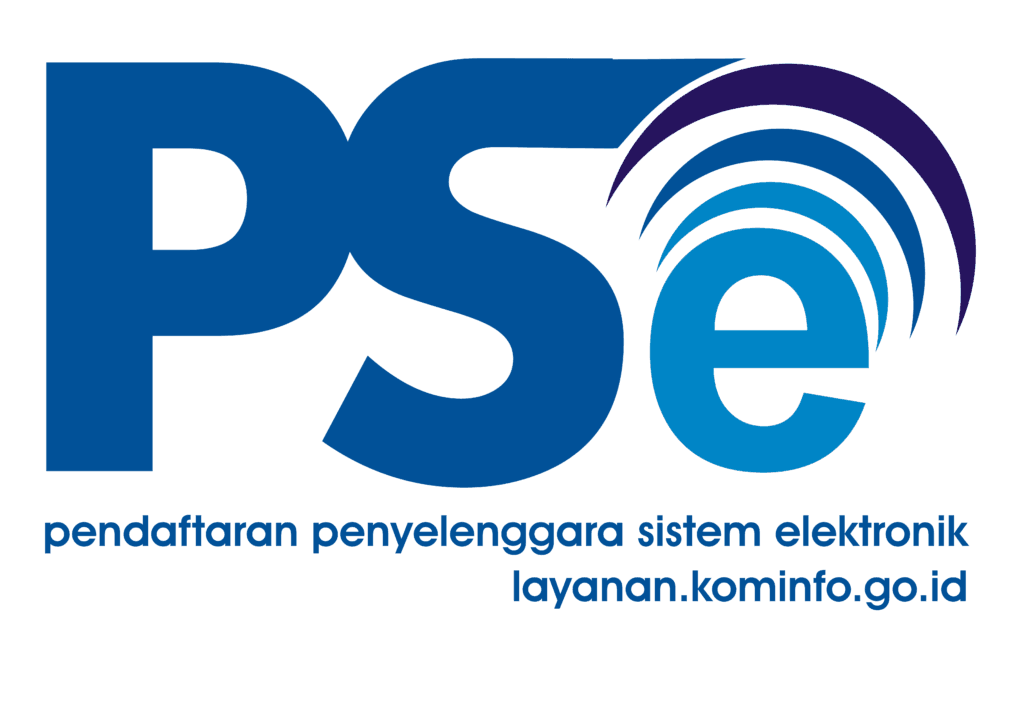- Biomass is one of the energy sources of choice in the use of renewable energy.
- One strategy to achieve the target of accelerating the use of renewable energy is carried out through energy subtituses.
- This Biomass CoFiring program uses biomass-based garbage, waste, and biomass originating from energy plants. Cofiring biomass in coal steam power plants is not new.
Biomass is one of the energy sources of choice in the use of renewable energy. In the Pandemic Covid-19 period, the demands for energy use fell and the availability of investment funds was limited. The demand for accelerating the use of renewable energy, targeted at reaching 23% in 2025, also made the government immediately develop strategies. One strategy to achieve the target of accelerating the use of renewable energy is carried out through energy subtituses. With this energy subsidy, it is considered the right choice to encourage renewable energy without burdening PLN and also the government with subsidies.
The realization of this strategy is realized through the Biomass CoFiring Program in the existing coal steam power plant. This existing coal steam power plant is one of the Green Booster PT PLN (Persero) programs. This Biomass CoFiring program uses biomass-based garbage, waste, and biomass originating from energy plants. Cofiring biomass in coal steam power plants is not new. Many other countries have had steam power plants with the Biomasa cofiring program. The steam power plant is almost 100% replaced by biomass.
According to the Director of Mega Project and the renewable energy of PT. PLN, this cofiring program is ready to be implemented in 114 units. And this cofiring program will be spread across 52 locations of steam power plants with a total capacity of 18,154 MW. Cofiring commercial implementation has been carried out in stages since 2020. The implementation of the co-empowerment of the PLN’s steam power plant will run until 2024. It is predicted that the need for biomass from energy and garbage plantations can reach 9 million tons per year.
Read more:
This cofiring program is carried out after the trial process is carried out, which shows good results. Until now, PLN Group has implemented Go Live, or commercialization of biomass cofiring, at eight units of steam power plants. So, in addition to Paiton steam power plants are also found in Cirang, Ketapang, Sangau, Pacitan, Orchid, Suralaya, and Rembang.
The supply of biomass raw materials must be maintained for the sustainability of this cofiring program. This is the biggest challenge in implementing this biomass cofiring system. Of course, in maintaining supply, of course, continues to consider the economic aspects to ensure that its operations do not exceed the generation costs.
PT. PLN has collaborated with large biomass suppliers such as Perhutani, PTPN, and Shang Hyang Series. Then, PLN also encouraged the development of a medium and small-scale biomass market. These efforts are expected to be continued at every point where the steam power plant in Indonesia. So that later there will be increasingly large demand-supply markets and the economy of scale is getting better.
According to the Bioenergy Director, the Ministry of Energy and Mineral Resources will continue to escort and facilitate the efforts of biomass raw material provision. And also, keeping on the implementation of not being constrained on the technical side. On the technical side, the SNI Biomass Pellet has been established for power plants. And later it will also be determined by SNI Solid Fuel Solid.
In 2021, there have been discussions on RSNI sawdust, woodchip, and palm shells for power plants. In addition, the draft regulation of the Minister of Energy and Mineral Resources on the implementation of CO-firing biomass in steam power plants is being compiled. How to reference in price formulations in this rule containing biomass fuel classificationIn addition, there are also standard settings, supervision development, and phasing the implementation of COFiring.
Go Live Cofiring is done in three places at once, namely Suralaya 5-7. Lontar and Labuan are extraordinary achievements because cofiring has been used as a national program. For pertar steam power plants, biomass or fuel is in Tangerang and its surroundings. Then, in Labuan, it has also been cooperating with the regional head in preparing for cofiring sustainability. Likewise, in Suralaya, which is the biggest plant, which until now has become the biggest source of income for IP and PLN.
Read more:
In 2020, a trial was carried out at 29 locations of steam power plants. And by 2021, it was planned to be trialed in 17 locations of steam power plants. So, the total number of steam power plants that have entered the trial stage from 2020 to April 2021 is as many as 35 locations out of a total of 52 locations. This steam power plant has conducted cofiring trials with various sources of biomass. Woodpellet, sawdust, SRF, palm oil shell, hyacinth, coconut shell, and palm oil husk are examples of biomass sources.
Assuming the percentage of cofiring biomass by 5%, the volume of coal that can be reduced reaches 4 million tons per year. and produced an increase in renewable energy contributions of 0.9% in the national energy mix. If biomass cofiring is carried out at 10%, the renewable energy mix that can be produced reaches 1.79%.
Another advantage expected with the Co-Featuring program is the savings of the BPP and environmental emissions reduction. The results of evaluating the base cost of generation for coFiring Sawdust Paiton 1-2 steam power plant in June 2020 fell by Rp. 21.26/kWh with a KWH Green of 727,425 kWh. While the Ketapang Steam Power Plant has a potential savings of Rp. 5.09/kWh, the Belitung Steam Power Plant has a potential savings of IDR 8.56/kWh.
Editor: Riana Nurhasanah
References:
[1]PLTU di 35 Lokasi di Indonesia Siap Implementasikan Cofiring Biomassa



